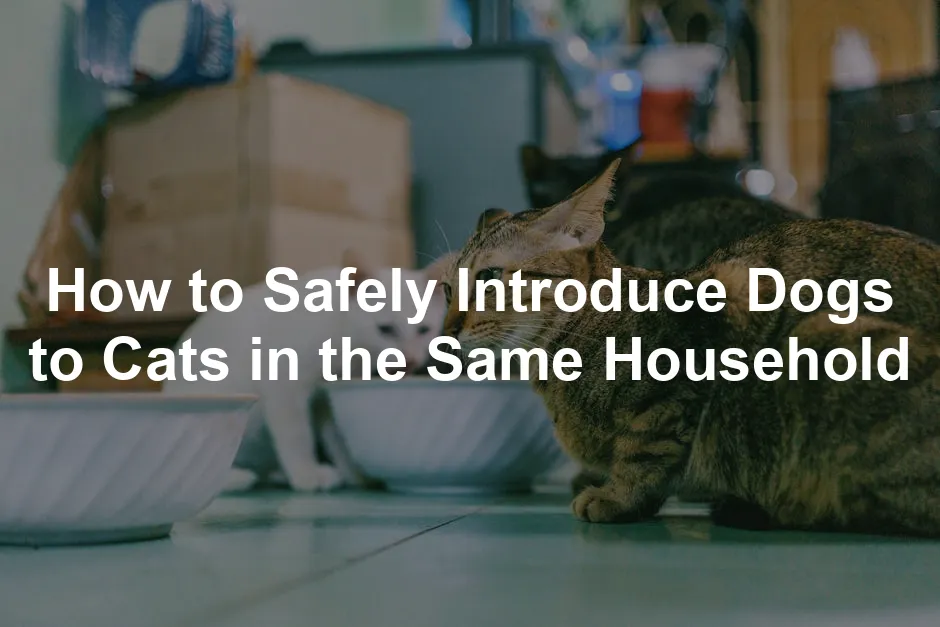Introduction
In many households, the idea of having both a dog and a cat may seem daunting due to their stereotypical rivalry. However, with the right strategies and patience, dogs and cats can coexist peacefully. This comprehensive guide will provide step-by-step instructions on how to safely introduce these two beloved pets in a way that promotes a harmonious living environment. Understanding the importance of individual personalities, creating safe spaces, and employing gradual introductions will be key themes throughout this article.
And speaking of creating safe spaces, how about ensuring your furry friends have the best litter experience? The PetSafe ScoopFree Ultra Self-Cleaning Litter Box is a game changer! It offers a hassle-free way for your cat to do their business while you enjoy more quality time with your pup. No more scooping and mess, just a clean litter box that’s always ready for action.

Understanding the Dynamics of Dog-Cat Relationships
The Nature of Dogs and Cats
Dogs and cats come with their own unique traits. Dogs are generally social creatures, loving to interact with their humans and other pets. They can be playful, curious, and sometimes a bit too enthusiastic. However, this enthusiasm often translates into a strong prey drive. This means that a dog might see a cat as a target for play—or worse, a chase.
On the flip side, cats are more independent and territorial. They love their personal space and can be quite sensitive to changes in their environment. A cat might feel threatened if a dog gets too close, leading to hissing or swatting. Understanding these inherent behavioral traits is crucial for a successful introduction.
Key Factors Influencing Compatibility
When it comes to compatibility, individual personalities play a huge role. Not all dogs and cats will get along, and temperament can make or break their relationship. For instance, a calm dog may do well with a skittish cat, while an energetic pup might overwhelm a timid feline.
Age and breed also matter. Puppies and kittens tend to be more adaptable and can adjust to living together more easily. Breeds can influence behavior, too; some dog breeds, like Labrador Retrievers, are known for their friendly disposition towards cats, while others may be more aggressive. So, when considering a new pet, think long and hard about how their personalities might mesh. Additionally, exploring the best hypoallergenic dog breeds for allergy sufferers can help you select a breed that fits your household dynamics.
Choosing the right dog breed is essential for compatibility with your cat. Learn more about the best hypoallergenic dog breeds for allergy sufferers.
By focusing on these dynamics, pet owners can set the stage for a smoother introduction, allowing both pets to feel safe and secure in their shared territory.
And let’s not forget about hydration! Keeping your cat hydrated is crucial, especially during a stressful introduction. The Catit Flower Fountain is a fantastic way to encourage your feline friend to drink more water. The flowing water mimics a natural source and is sure to entice even the pickiest of drinkers!
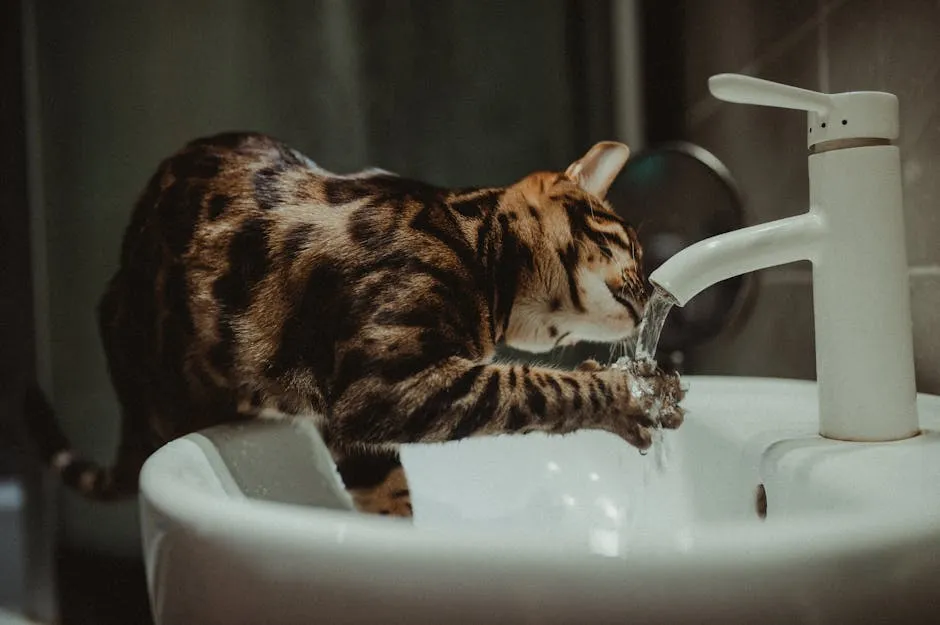
Preparing for the Introduction
Creating Safe Spaces
First things first: let’s talk about the “cat sanctuary.” It’s a must-have for your feline friend. Cats are territorial by nature, and having a safe space away from the dog makes all the difference. This sanctuary should be a cozy, secure area where your cat can retreat and feel at ease.
Begin by selecting a room with a door that can be closed or a baby gate that keeps the dog out. Fill this space with essentials: a litter box, food and water bowls, and a comfy bed. Add some toys for entertainment, because let’s face it, boredom can lead to mischief.
Make sure to cat-proof the area. Remove any harmful plants, medications, or fragile items. High perches can also be beneficial. Cats love vertical spaces where they can observe their surroundings without being bothered. This setup gives your cat the freedom to feel secure while keeping the dog at bay.
Speaking of cat toys, consider getting the Outward Hound Hide-A-Squirrel Puzzle Toy. This interactive toy not only entertains your cat but also keeps their hunting instincts sharp. Plus, it can provide a great distraction during the introduction process!

Initial Separation
Now, onto the initial separation phase. This stage is crucial for the first few days. Keeping the pets apart allows them to acclimate to each other’s presence without direct contact. Think of it as a “getting to know you” period, just without the awkward small talk.
During this time, consider swapping scents. You can do this by exchanging bedding or toys. Simply rub a towel on one pet and place that towel near the other. This helps them familiarize themselves with each other’s scent, easing the tension when they finally meet face-to-face.
Another useful tip is to feed them on opposite sides of a closed door. This not only distracts them but also helps associate each other’s presence with positive experiences. If they can enjoy their meals nearby without stress, it’s a win-win!
And while we’re at it, let’s talk about training. Using a Dog Training Clicker can help reinforce good behavior during initial interactions. Positive reinforcement is key, and this tool can make training a breeze!

Setting Realistic Expectations
Let’s set some expectations: introducing a dog to a cat is not a quick process. It can take anywhere from weeks to months. Yes, you heard that right! Patience is your best friend here.
Every pet is different, and their personalities will dictate the timeline. Some pets may warm up to each other quickly, while others need more time. Remember, it’s perfectly fine if they can’t share the same room right away. Focus on gradual acclimatization.
Celebrate small victories along the way. If they can peacefully coexist in adjacent rooms, that’s progress! Keeping a positive mindset will help both you and your pets navigate this process with ease. Ultimately, the goal is a peaceful living environment where both the dog and cat feel safe and comfortable.

The Introduction Process
Introducing a dog to a cat is a process that requires careful planning and patience. Let’s break it down step by step.
Step 1: Controlled Initial Meetings
Supervised On-Leash Introductions
Start with a controlled environment. Keep your dog on a leash during the first meeting. This allows you to maintain control while observing their reactions. Choose a calm area where both pets can feel secure.
Before the introduction, ensure the dog has had some exercise. A tired dog is less likely to act out. When you bring the pets together, keep the dog on a loose leash. This helps avoid any sudden movements that could startle the cat.
Pay close attention to their body language. If the dog exhibits signs of excitement, such as barking or pulling, redirect their focus. A calm dog is key to a successful introduction.
For the cat, look for signs of distress too. If the cat hisses, swats, or tries to hide, it’s a clear indication that they need more time. If either pet shows aggressive behavior, separate them immediately.
Always end the meeting on a positive note. Give treats to both pets for calm behavior. This helps them associate each other’s presence with rewards. And speaking of treats, try a Dog Treats Variety Pack to reward good behavior!
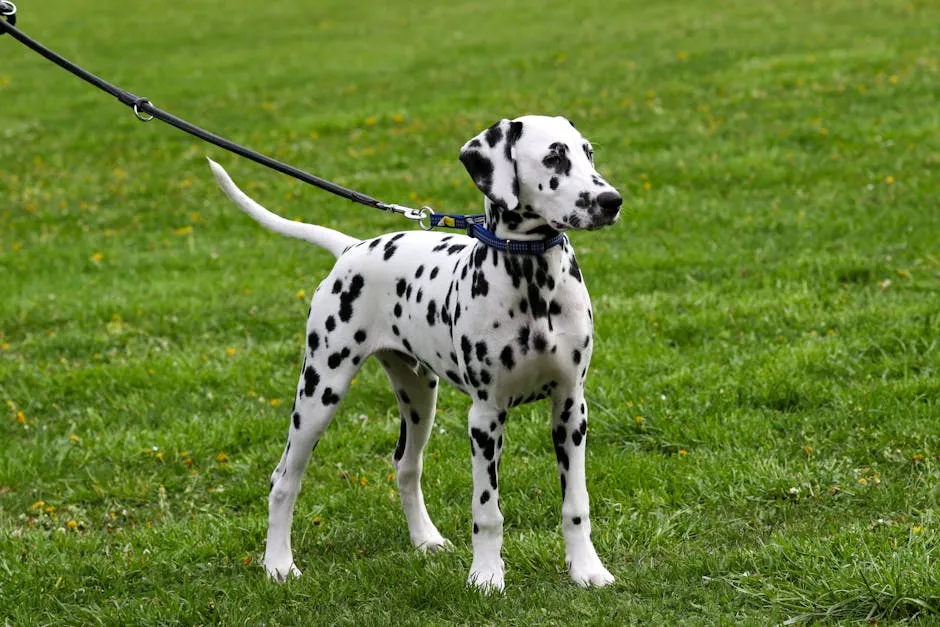
Step 2: Gradual Increase in Interaction
Daily Sessions
Once the initial meeting goes smoothly, it’s time to have daily sessions. Gradually increase the duration of these interactions. Start with just a few minutes and slowly build up as both pets become more comfortable.
Use treats and praise to reinforce positive behavior. For example, if the dog remains calm while the cat is nearby, reward them. This encourages them to behave well during future encounters.
If the cat feels overwhelmed, allow them to leave the space. Never force interactions. The goal is to create a stress-free environment where both pets can feel safe.
Keep sessions short to prevent any build-up of tension. Always observe their reactions closely. If you notice any signs of stress or aggression, cut the session short. This helps prevent negative associations.
And while we’re on the topic of keeping things calm, consider using a Pet Cooling Mat. It can help keep your pets relaxed during those initial meet-and-greets, especially during warm days!
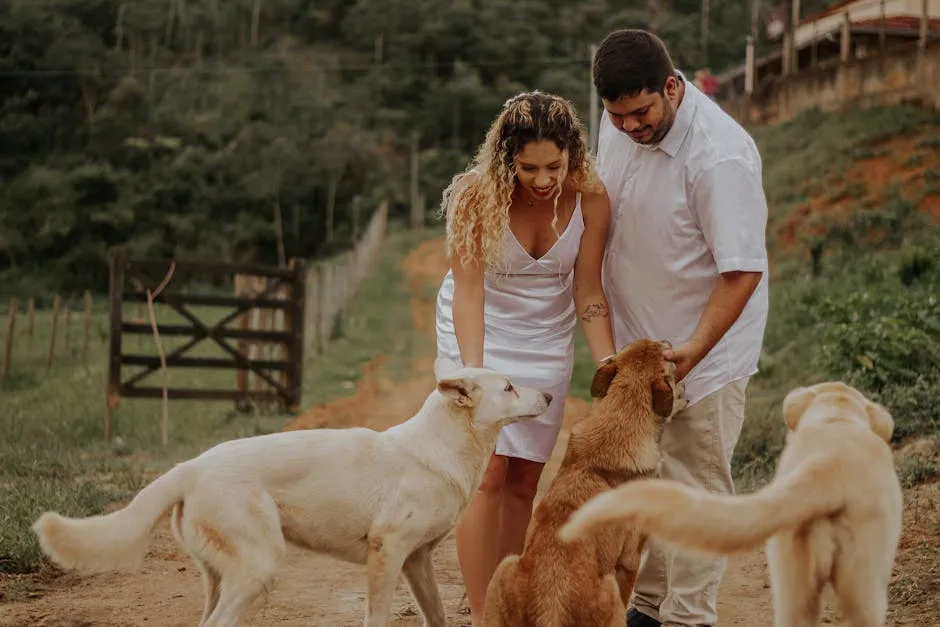
Step 3: Allowing Unsupervised Interactions
Recognizing Warning Signs
As both pets become more comfortable, you can consider granting them unsupervised time together. However, this is a step that requires caution. Ensure that both animals have established trust before taking this leap.
Before allowing unsupervised interactions, make sure you have established escape routes for the cat. Cats often feel safer when they know they can easily retreat to a high perch or a safe space.
Start by allowing them to interact in a controlled setting while you’re present. Monitor their behavior closely. If everything goes well, gradually increase their time together without supervision.
However, remain vigilant. If you notice any signs of aggression or stress, be prepared to intervene. This could mean going back to on-leash introductions for a while longer.
And let’s not overlook the importance of a good crate. Having a Midwest Homes for Pets Dog Crate can provide a safe space for your dog during introductions, ensuring they have a comfortable retreat if they feel overwhelmed.
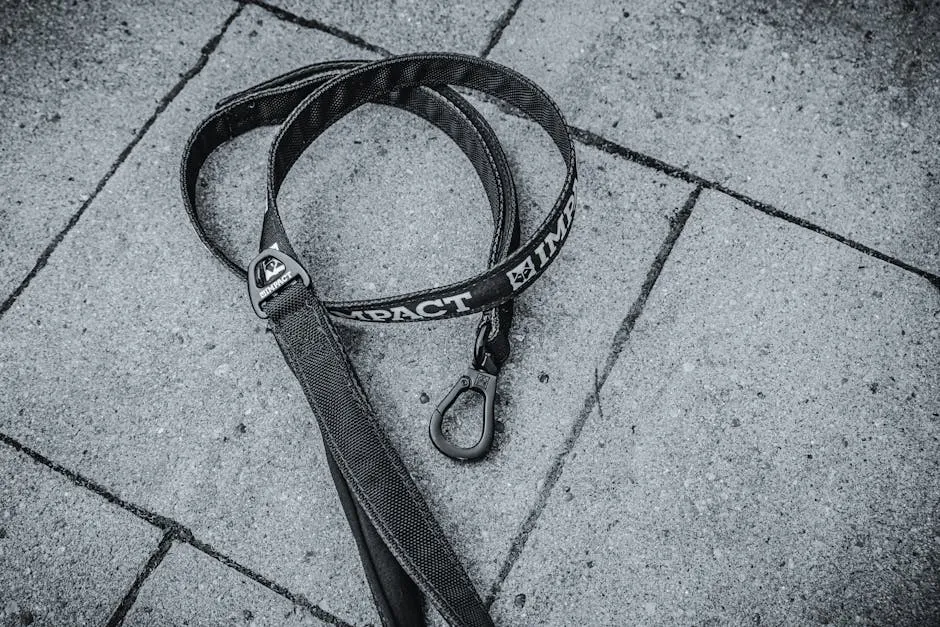
Step 4: Recognizing Warning Signs
It’s crucial to recognize when things aren’t going well. Excessive barking, growling, or hissing are strong indicators that the introduction may not be successful. If you notice these behaviors, it’s important to step back.
Revert to previous steps in the introduction process. This may mean going back to supervised on-leash meetings or increasing the distance between the pets.
Remember, patience is key. Every pet is different, and the timeline for successful introductions can vary. Some pets may take weeks, while others might require months to feel comfortable with each other.
Always prioritize the safety and comfort of both pets. With time and careful management, they can learn to coexist peacefully while enjoying their individual spaces.
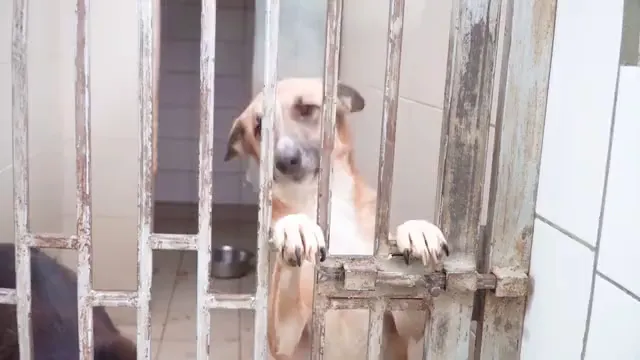
Tips for Successful Coexistence
Continued Training and Management
Training isn’t just for show; it’s essential for harmony. Ongoing training for your dog is a must. Teach basic commands like “leave it” and “stay.” These commands can be lifesavers during those intense moments. Imagine the chaos: your cat dashes by, and your dog’s instincts kick in. With a solid “leave it,” you can redirect your pup back to calmness.
Feeding time can also be a source of tension. To reduce competition, provide separate feeding spaces for both pets. This keeps the dog from scarfing down the cat’s food and prevents the cat from feeling threatened. Separate litter boxes are equally important. Cats can be territorial about their bathroom habits, and a dog’s curiosity might lead to some unexpected messes.
And as you manage feeding time, consider using AmazonBasics Pet Training Pads. They are a great tool for training and can help keep messes to a minimum during the introduction phase!
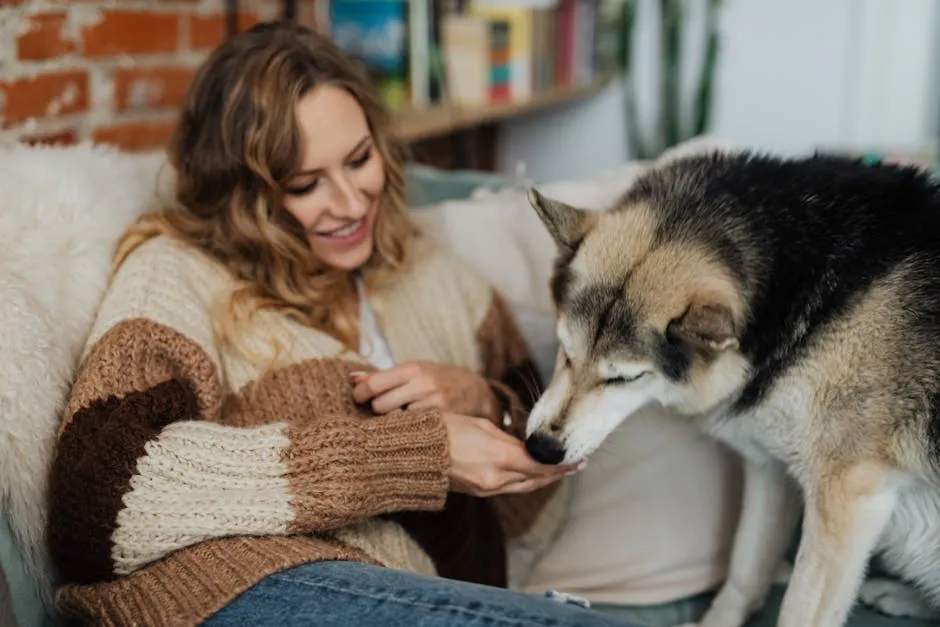
Monitoring Interactions
Supervision is your best friend during this process. Regularly monitor all interactions until a solid bond forms. You wouldn’t leave a toddler alone with a puppy, right? The same logic applies here. Until trust is established, never leave the pets alone together.
Watch for signs of stress or aggression. If one pet seems overwhelmed, step in and separate them. Create a calm environment where both animals feel safe. Keep a close eye on their body language. A dog’s stiff posture or a cat’s swatting tail can signal trouble.
Patience is vital. The goal is for both pets to develop a friendly relationship over time. With careful management and ongoing training, you can foster a peaceful coexistence that benefits everyone in the household.
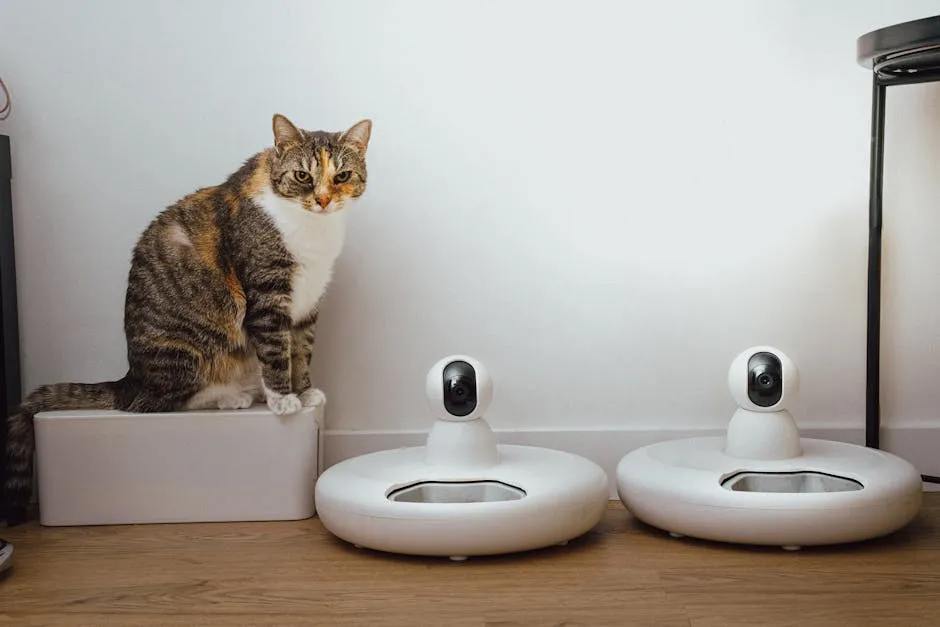
Conclusion
While introducing a dog to a cat may seem challenging, following these structured steps can pave the way for a successful and harmonious relationship. By understanding their individual needs, creating safe environments, and practicing patience, pet owners can help foster a peaceful coexistence between their furry family members.
FAQs
Please let us know what you think about our content by leaving a comment down below!
Thank you for reading till here 🙂
All images from Pexels

